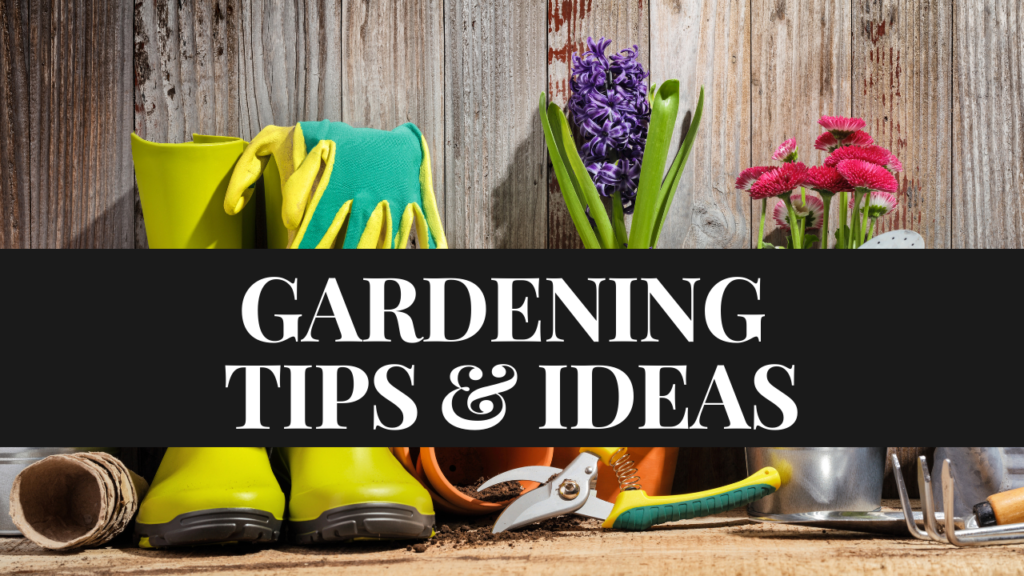Gardening can be very costly. When planning a homestead garden, make sure that the cost of the garden does not surpass the value of the crop you will produce. Here are a few gardening tips to help you get the most out of your garden while staying within your budget.
Gardening has many advantages that extend beyond the fruits, greens, and herbs themselves. There is an intrinsic joy in seeing the progression from seed to plant to table that cannot be duplicated in any other way. Gardening gives us a tangible link to the seasons while also bringing beauty and development into our lives.
Here’s a list of the 10 garden tips and ideas that actually work:
10. Cut yourself some slack when you fail.
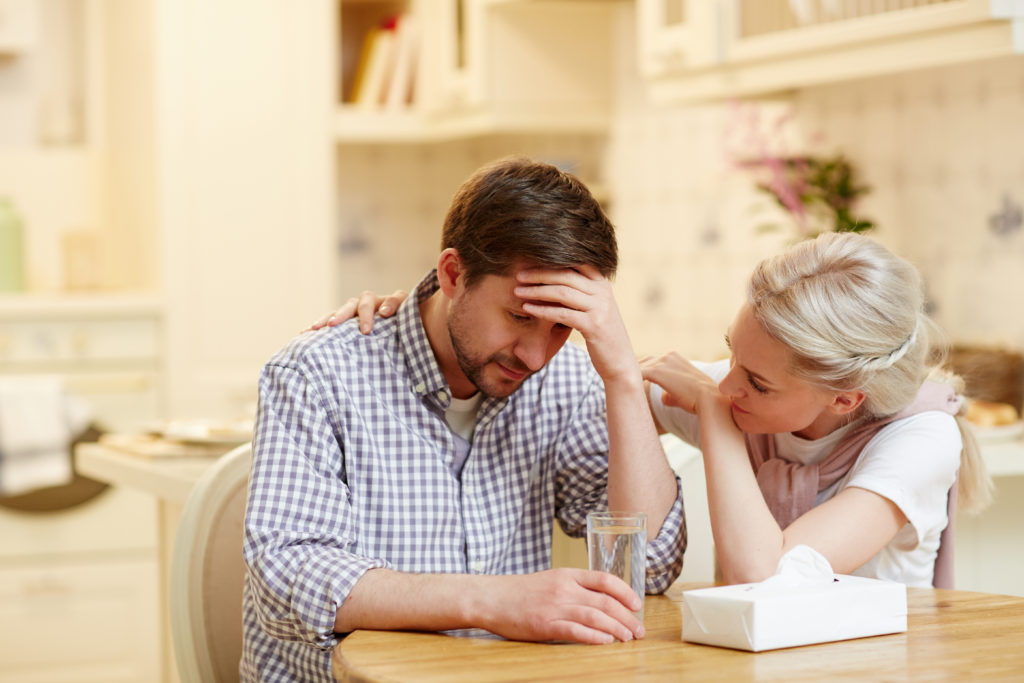
All of the same things must be done in order to become a decent gardener or a more advanced gardener. You just have to kill a lot of plants, have a lot of diseases on your plants, and learn.
9. Use the three-second rule when watering.
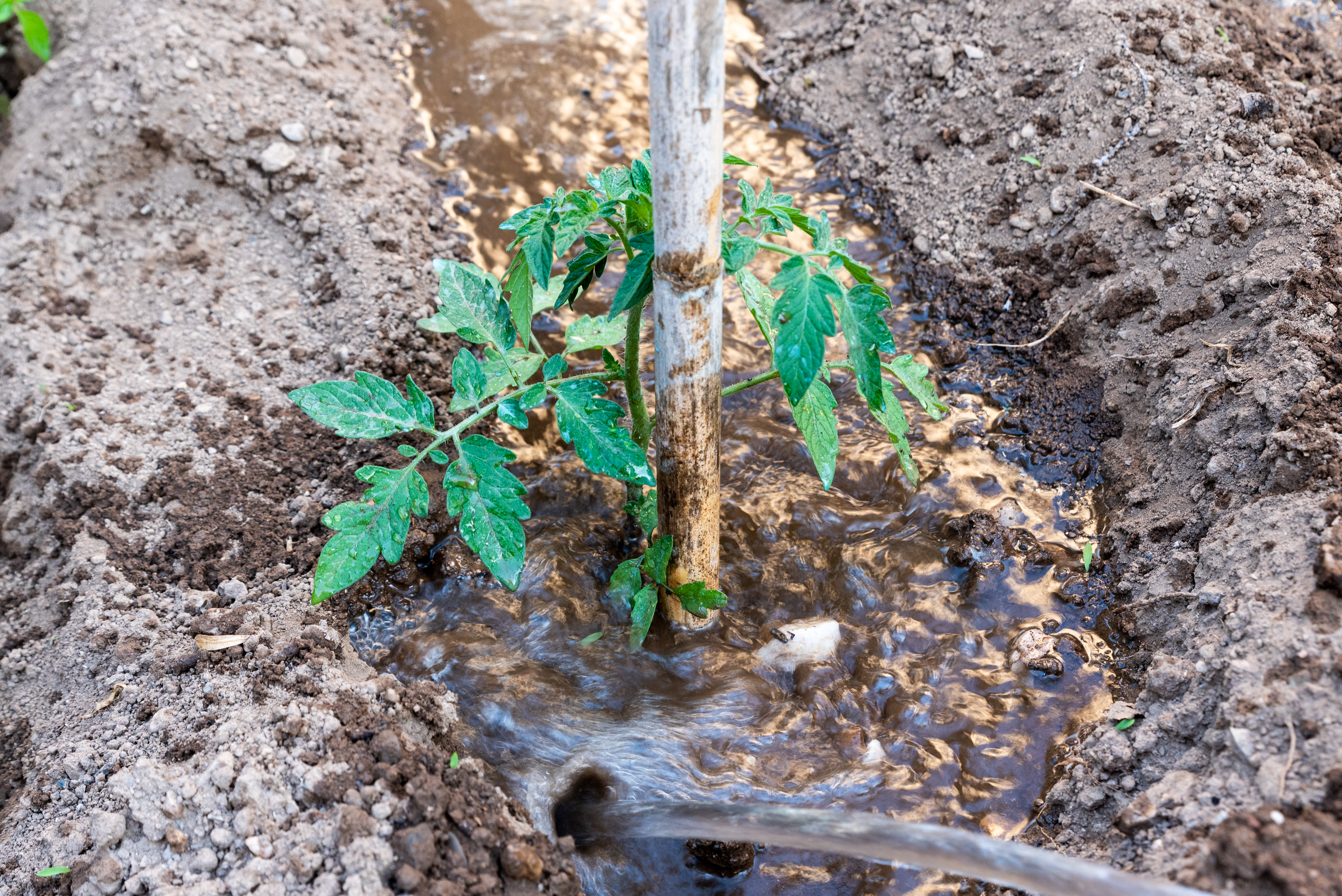
Watering the soil rather than the leaves is preferable for most edible plants. You want to make sure you water your plants adequately, but not excessively. The most straightforward trick is to water a container or a garden bed until you can count to three seconds with the water still pooled on top, which indicates that the soil has been adequately drenched down to the roots.
It’s more challenging to say how much you should water. How hot is it outside? Do you have mulch on your raised beds? What time of the year is it? How has the weather been? On the other hand, plants will usually tell you when they’re thirsty—if the leaves are drooping, it’s time for a drink.
8. Eat your plants as soon as they’re ready.
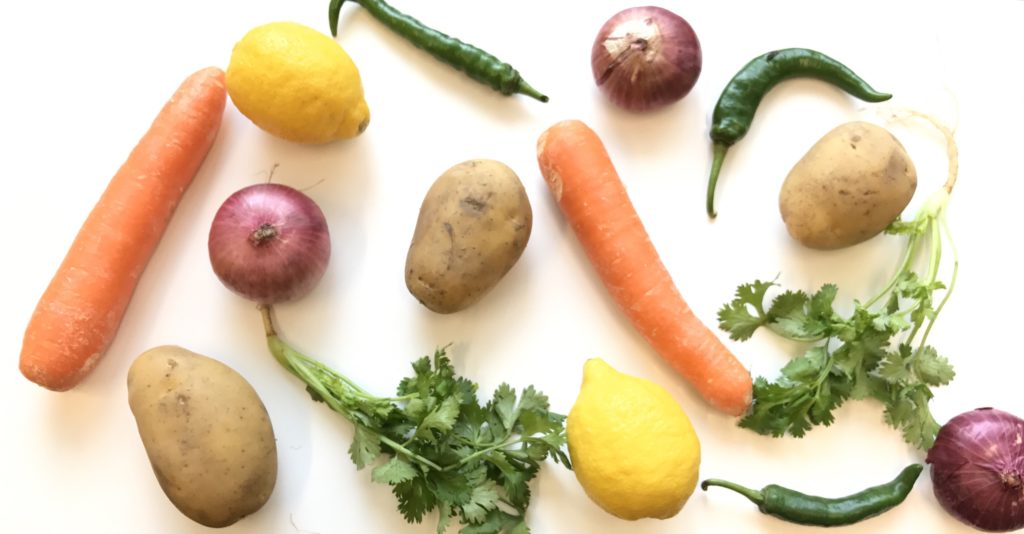
Most plants don’t produce all year or even for months at a time. They seem happy and tasty for a brief time before moving on to flowering.
7. Your garden should be full of things you actually eat.
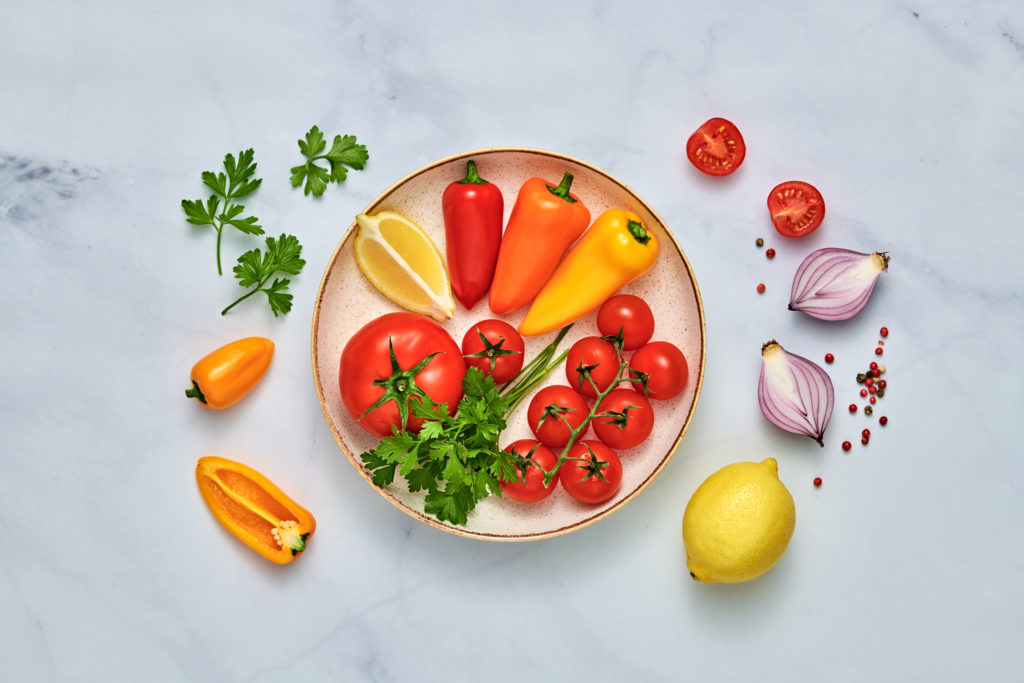
If you’re not sure what you want to grow, start with your kitchen. “What do you use when you cook?” You should grow something not just because it’s easy, but because you’re going to use it. Bringing your harvest indoors and preparing yourself a meal gives a lot of pleasure.
6. If you use transplants instead of seeds, keep the soil consistent.
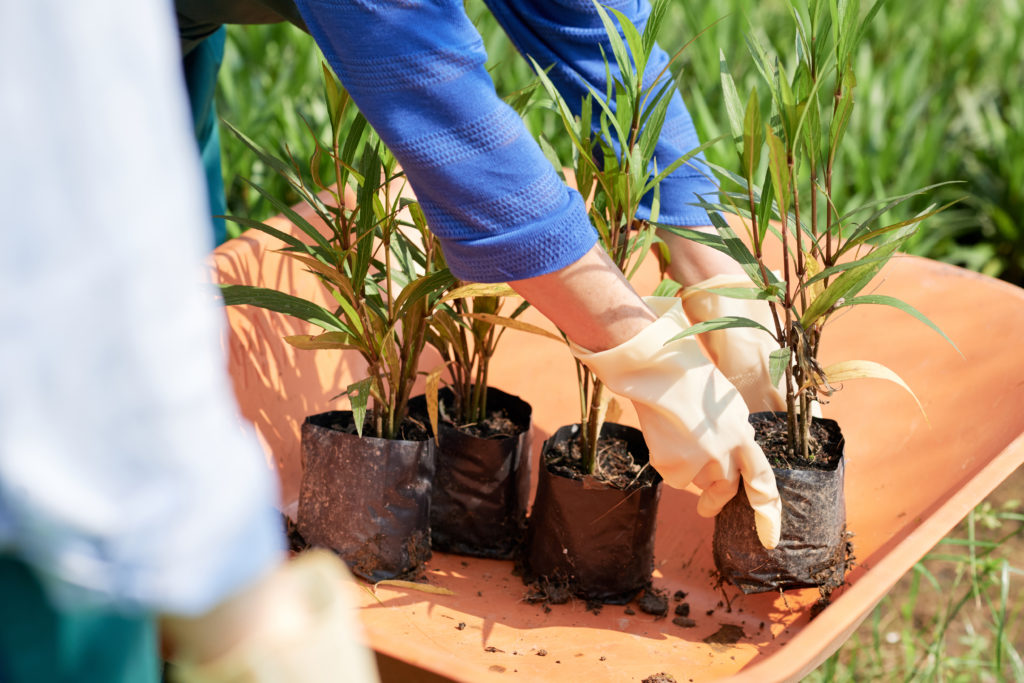
Choose carefully which plants you start with seeds and which you buy as transplants (young plants that have already been started for you). Lettuce is a simple plant to start from seed, and you’ll get more out of it if you do so. You can only harvest lettuce two or three times until the plant’s life cycle is complete, so you may as well start it on your own terms.
Many other plants, on the other hand, are more demanding, beginners advice is to buy transplants of herbs like basil, which will already have edible leaves when purchased, rather than hoping it sprouts and grows in time for your summer Caprese.
5. Move beyond the potting soil mix.
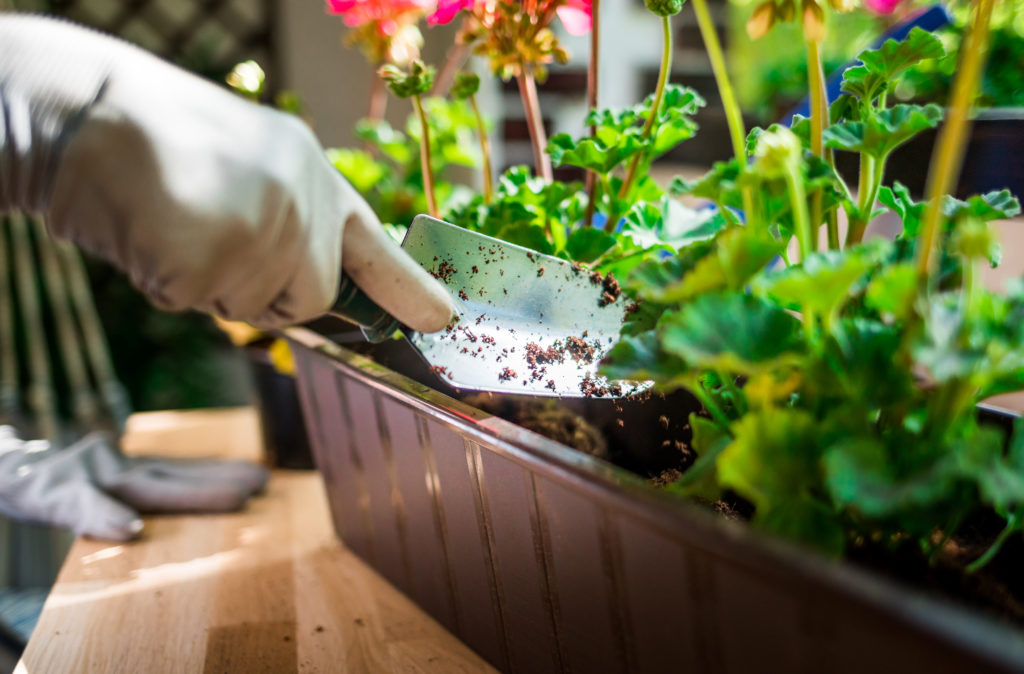
If you spend a few minutes on a gardening website, you’ll almost certainly hear someone railing against potting soil. Nonetheless, that’s what I’ve been using, owing to the difficulty of mixing my own soil.
One-third sand, one-third local topsoil, and one-third compost is a good go-to blend. Mushroom compost and earthworm castings are also suitable composting products.
4. Know your zone.
You need to know your zone and what plants can grow where you live, in order not to plant anything that won’t grow.
You can do some online research or go to your local nursery to see what grows well in your area. Plant that are suitable for the season, and the local areas are more likely to be full price and prominently displayed in small nurseries. Discounted plants are also less expensive when you’re approaching the end of the growing season when your crop would be less plentiful. It’s all about timing.

3. Want quick and bountiful? Focus on leaves instead of fruits.
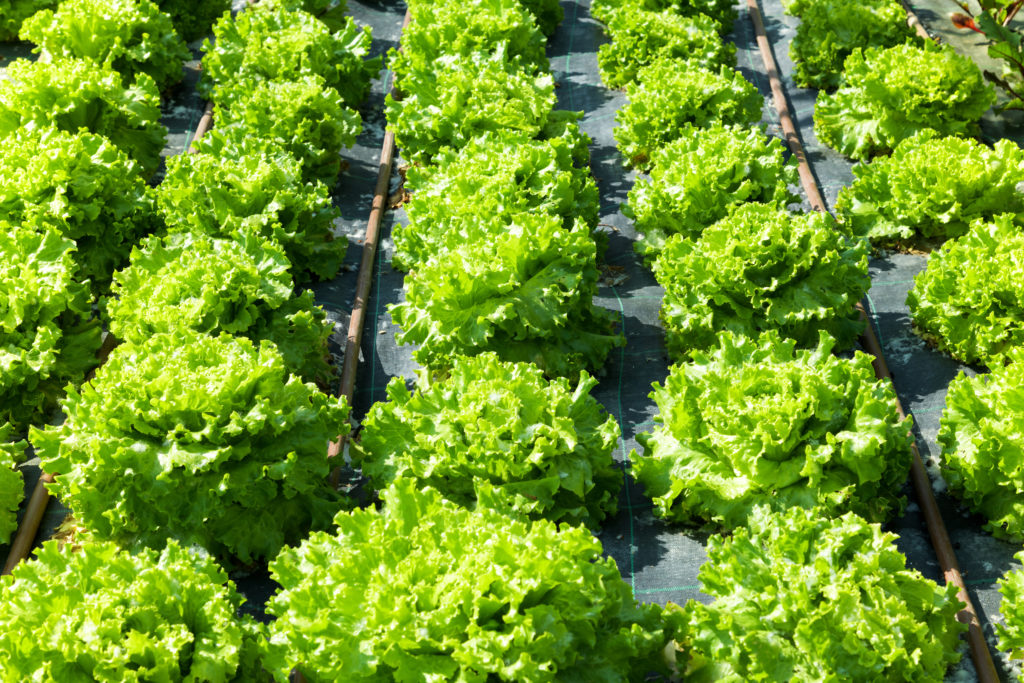
Edible plants have a very simple life cycle. The majority of edible plants begin their lives as seeds. They develop roots and a stem, then leaves, flowers, fruit (if they produce fruit), and seeds before repeating the process.
Focus on plants whose key bounty is their leaves, such as lettuce and herbs, if you want a super-quick return on your garden. Since fruiting occurs later in a plant’s life, you’ll get a higher yield sooner. As long as you set them up correctly, you can get a lot of harvest for a limited amount of space.
2. Plant your garden where the sun does shine.
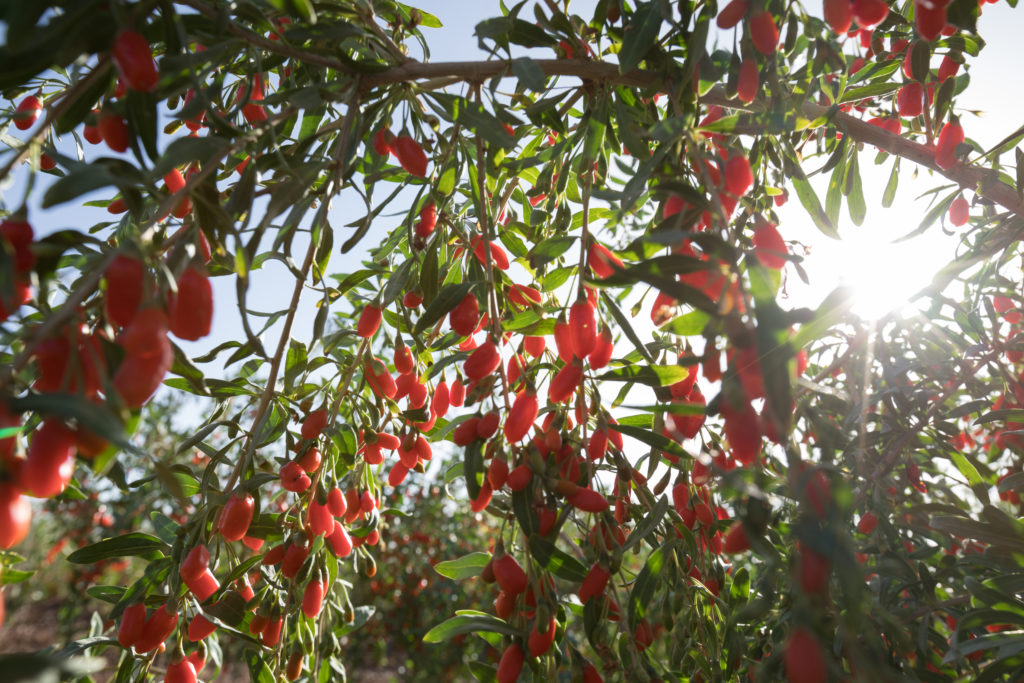
The first rule of edible gardening is that you need full sun. In general, edible food can be grown anywhere that faces south, southeast, or southwest. Alternatively, observe where the sun travels during the day. What place gets the most sun during the day? That’ll be the location of your edible garden.
When you’re first learning to garden, it’s easy to make mistakes like misjudging the amount of sunlight. Before settling on a place for your garden, pay attention to how the sun shines from your yard. Most edible plants, such as many vegetables, herbs, and fruits, need at least 6 hours of sunlight to thrive.
1. Start small, but not too small.
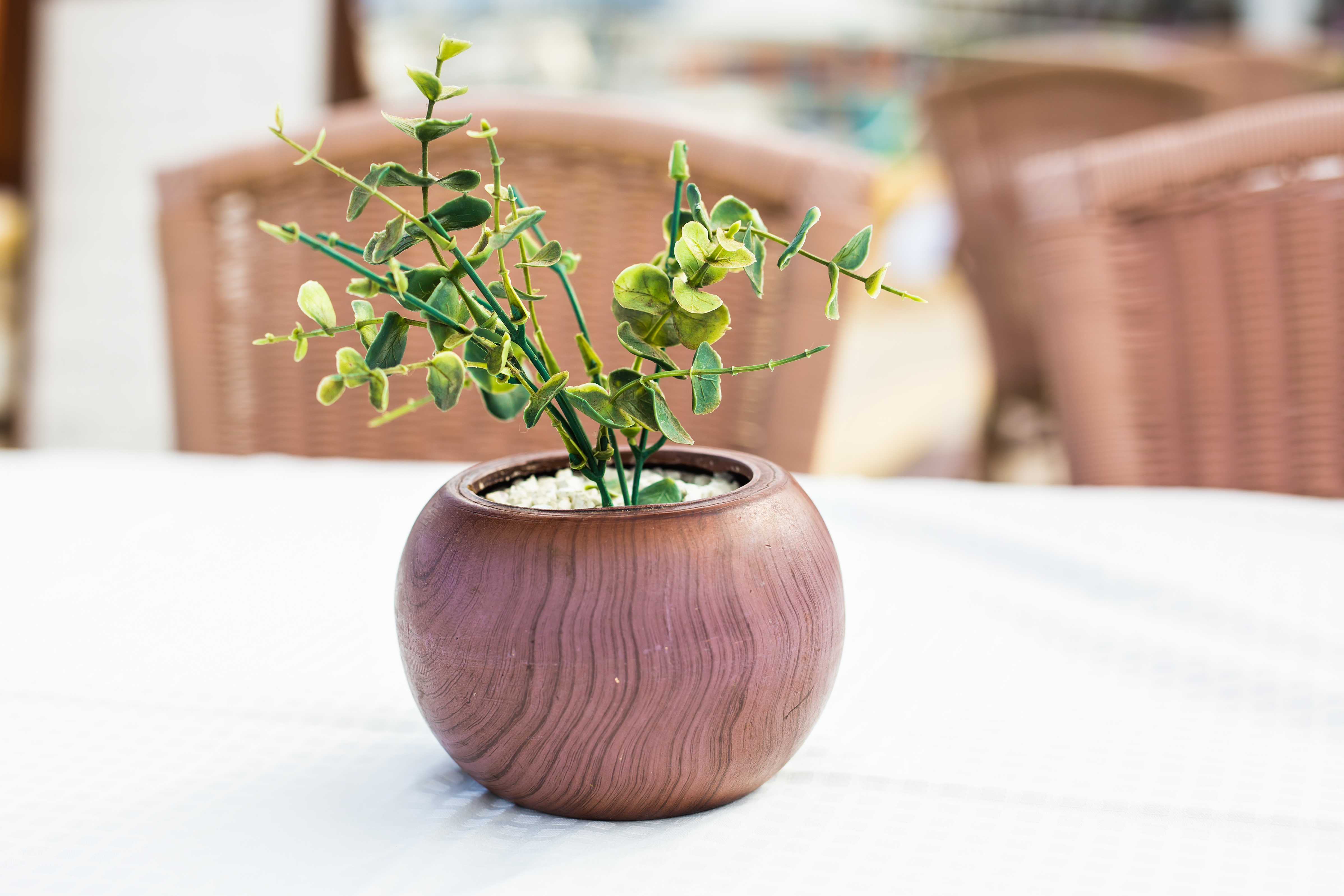
How big a garden you like depends on how much time you’re able to put into it. You’ll need just under 40 minutes a week to spray, prune, harvest, and otherwise care for a 25-square-foot garden. A single seed packet will cover that area (though you’ll probably want to try more than one lettuce variety). Small can mean different things depending on your background and interests. If your garden is too small, you either end up over-tending it because you don’t have enough to do, or you may lose interest because your plants aren’t changing enough.
If you are looking to start your garden, check out the links below for our recommended books and audiobooks.
Don’t forget to download the free ebook too.
Backyard Gardening Book (paperback)
Backyard Gardening Book (audiobook)
Urban Gardening Book (paperback)
Urban Gardening Book (audiobook)

